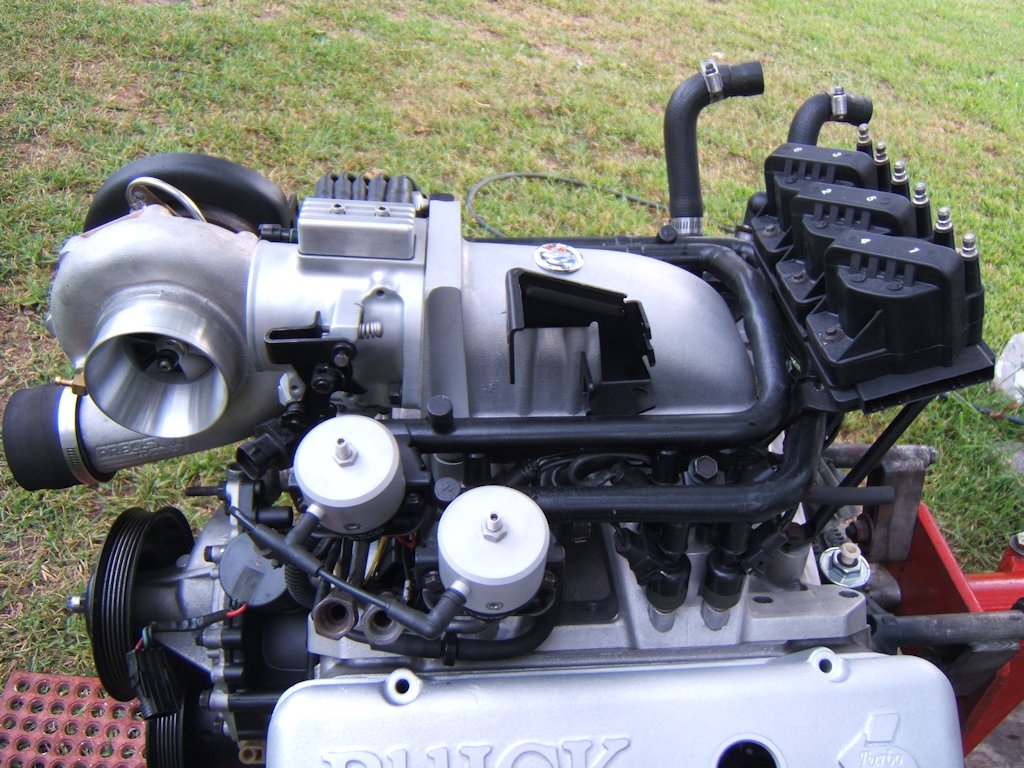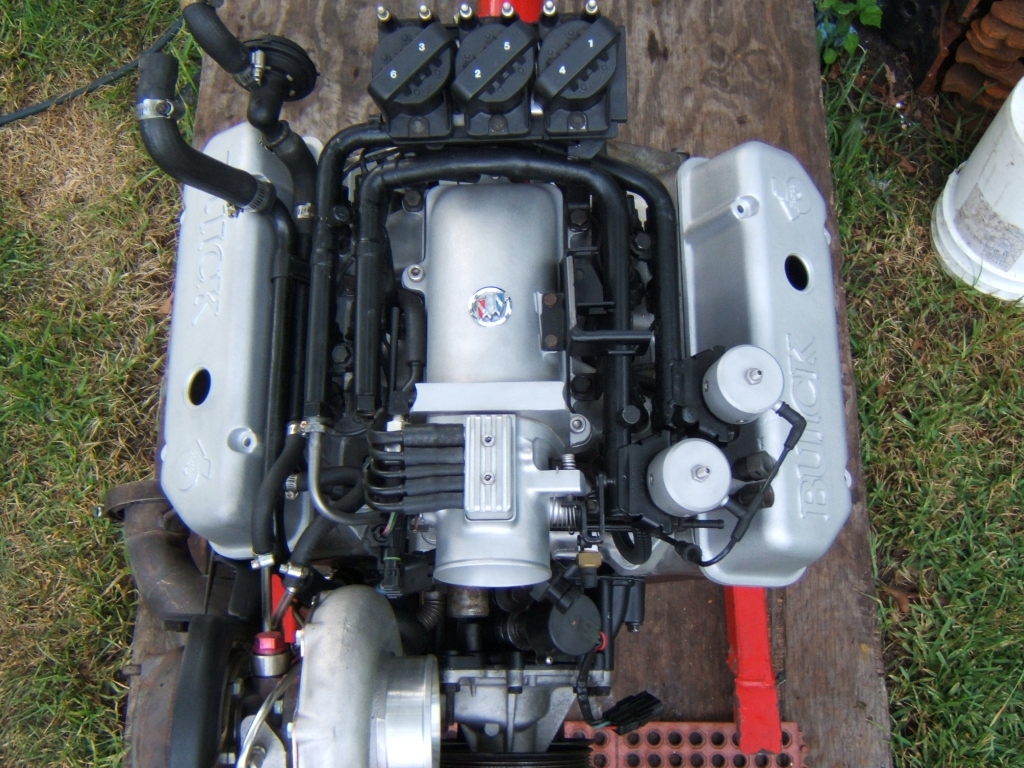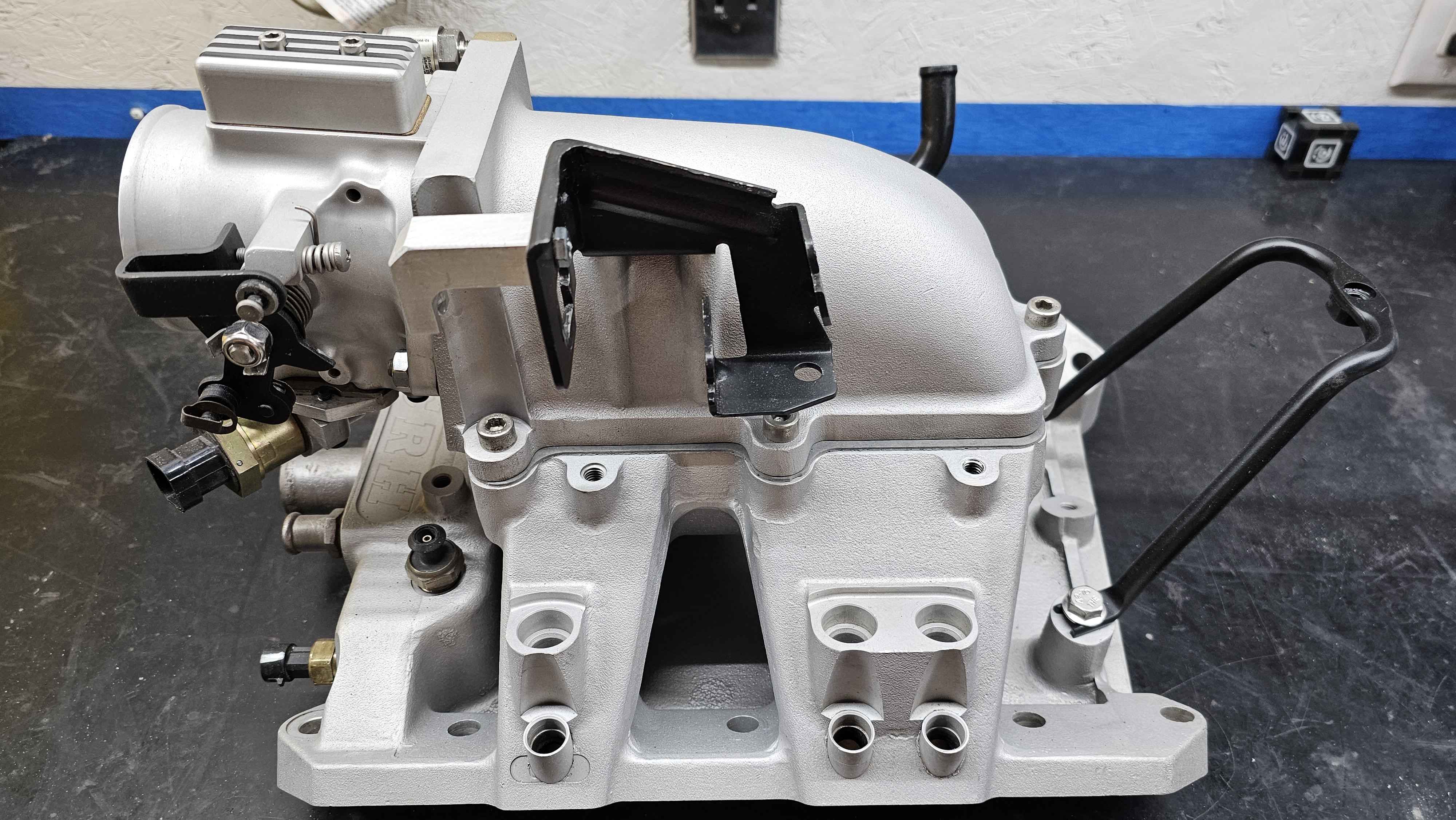Updated 1-8-2024
![]()
A fuel injection system that switches from low octane to high octane...AUTOMATICALLY!
Way back in 2004 I started to design a dual fuel system for my car. It was designed to automatically switch from 87 octane pump gas to 116 high octane race gas. It's a system that does not allow mixing of fuels. It can be fabricated to work with factory ECM's regardless of the engine size. Here, you will see how it works. This project was fabricated in 2005 and it still works flawlessly.
This project was made so you can have a turbocharged or supercharged engine that you could cruise around on the street with lower priced 87 octane and at the same time you could race on 116 octane... ONLY WHEN THE ENGINE IS UNDER BOOST? Well, many years ago I wanted to have two separate fuel systems; one for 87 octane and one for 116 octane. But, I didn't want to manually switch over to high octane every time I wanted to go racing. I wanted something that switched immediately... without hesitation or without an engine miss and it needed to do it while the engine was building boost. The only way to achieve immediate switching is to have two sets of injectors located in each intake runner of the intake. This would allow each set of injectors to be switched on by a relay that can be controlled by a boost pressure switch or could be electronically switched by using an aftermarket ECU. In my opinion, it doesn't get any better than this on the street! Read on and let me explain how this system actually became a reality!
PURPOSE: The Sequential Dual Fuel Injection (that's what I call it) will allow cruising around on 87 octane and still be able to run high boost levels at the same time! How many of you guys have ever drained your regular gas tank just to put race fuel in it to go racing? This will eliminate having to drain your fuel tank and fill it up with high octane gas before going racing. Then, having to drain it again to put low octane back in for cruising around. Additionally, this will also save money on race fuel costs since the car doesn't have to use expensive race fuel for everyday commuting. In fact, cruising on 87 octane will save me 60+ cents per gallon over 93 octane. I figured I can save over $10.00 for every full tank of fuel used. That is a huge savings every time I fill up on 87! The initial cost of this system is high but I'm getting my money back out of it.
Another major bonus is it will conserve race fuel since it will be injected in the engine only when needed. How many times have you put expensive race fuel in your car only to burn the majority of it out cruising to and from your favorite tuning spot or your local drag strip? If you timed how long you are actually running the car under high boost conditions it would probably add up to 8 to 15 seconds at a time. 5 gallons of 116 race fuel will last a lot longer when it's only being injected a few seconds at a time.
Key things to remember:
1. No fuel mixing
2. No delay in getting race fuel into the cylinder.
3. Lengthens the life of O2 sensors due to leaded fuel not being used as often.
4. Conserves race fuel because you only use it when you nail the throttle.
5. Fully AUTOMATIC!
If you've gotted this far into reading the page, I know you want to see how it operates on the car. I've provided a video for you to see it in action. In this video, I have both injectors unplugged on cylinder #3 so the engine will be missing on that cylinder. The top noid light is for 87 octane and the bottom is for 116. I am switching them MANUALLY in this video. Listen at the tone of the engine while looking at the noid lights. Watch how the fuel system switches with the engine under load. See if you can hear when the injectors "switch" over from 87 octane to 116....listen closely!
Click here to download a video of it being tested on the car or take a look at it below.
Below is a short video of a full throttle sprint. You'll notice the first green light coming on at about 5psi. That is the second fuel pump in the 116 tank coming on. Around 8psi of boost notice the second green light coming on. That's when it switches over from 87 octane to 116 octane. There is no hesitation when it switches over.
Click on pictures to enlarge:



Now that you understand what's going on here, this is how I have the fuel injectors wired.
![]() Fuel injector wiring:
Fuel injector wiring:
The injector 12V feed wire from the injector fuse in the fuse panel is routed through a dual contact/5 terminal relay. This relay does the "switching" when boost reaches a predetermined level set by the boost activated switch or the aftermarket ECU. You can see in the wiring diagram that only one set of injectors are powered on when the engine is running. Once the boost activated switch (or aftermarket ECU) reaches the desired boost level, it grounds the relay and power is then routed to the 116 octane injectors while it turns off the 87 octane injectors. Once the boost level is above the "set" point of the pressure switch (or aftermarket ECU), the race fuel begins to be injected in the engine. After you let off the throttle, the boost drops below the "set" point of the boost pressure switch (or aftermarket ECU) and then the power from the 116 injectors is returned to the 87 injectors. The engine will now be running on low octane fuel for cruising. If you don't want the system to operate in automatic switching mode all you have to do is to remove the boost pressure switch and install a manual toggle switch...BUT, don't do that...you might forget to flip the switch and when the engine gets into high boost on 87 octane.....then your engine is dead. THE ECU DOES NOT KNOW WHAT BOOST LEVEL YOU ARE RUNNING (unless you have an aftermarket ECU) so I'd recommend always having it set up in automatic mode...just to be safe.
![]() Fuel pump wiring:
Fuel pump wiring:
I have THREE fuel pumps in my car. One is located in the stock fuel tank and the other two are in the fuel cell. With this system, two fuel pumps run anytime the engine is running. One runs in the 87 octane fuel tank and one runs in the 116 octane tank. This way, both fuel rails are already primed up to pressure when the system switches over to race fuel. For lower performing cars that don't need "double pumpers", only one fuel pump is needed in each tank. On higher HP cars, I have "double pumpers". The second pump turns on at low boost...3psi or less. This will ensure that once the boost reaches high enough for the fuel system to switch over, there will be enough volume there when the engine reaches high boost.

In conclusion, it's really a very simple design when looking at it on paper but it's time consuming and expensive when it comes to fabricating it. As the saying goes...."If you're gonna play...you have to pay!".